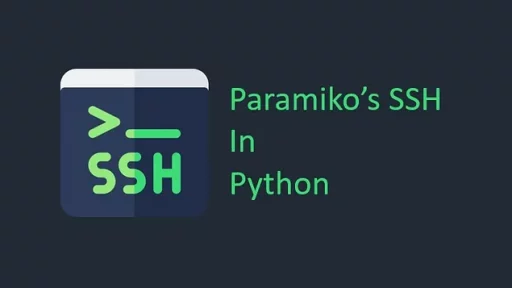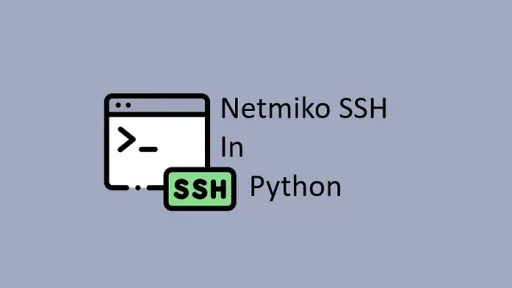Computer Science is a popular discipline in education, technology, and innovation. It’s a broad field that includes Information Technology (IT), Software Engineering, Computer Engineering, Data Science and Python is right in the mix.
Let’s explore how Python supports Computer Science and related disciplines.
Computer Science: The Foundation of Logic and Algorithms
Computer Science (CS) focuses on the study of algorithms, problem-solving techniques, and computational theory.
CS seeks to answer fundamental questions about how we can process information efficiently and solve problems using technology. Students studying Computer Science start with algorithmic thinking and logic, learning how to break down complex problems and design solutions that computers can execute. A common exercise is to use python to write a program that calculates the factorial of a number.
Python’s simplicity has made it a preferred choice for beginners and advanced learners in Computer Science. Schools and universities commonly use Python as an introductory language due to its readability and straightforward syntax. For example, in introductory computer science courses, students use Python to write their first algorithms, focusing on the logic and efficiency of their code rather than getting bogged down by complex syntax. Python also supports a vast array of libraries, allowing students to move from basic algorithms to more advanced topics like machine learning and artificial intelligence.
Information Technology (IT): Building and Managing Systems
Information Technology (IT) focuses on managing, deploying, and maintaining computer systems within organizations. IT professionals are responsible for network security, data management, user support, and ensuring the technological infrastructure of an organization runs smoothly. Python is valuable here because of its ability to automate tasks, simplify system administration, and manage networks.
For instance, many IT administrators use Python to write scripts that automate the configuration of servers or manage network settings. The language’s support for libraries such as Paramiko for SSH connections and Socket for networking makes it a powerful tool for tasks such as server monitoring and log analysis.
At universities, IT students use Python in labs to practice these scripts, simulating real-world tasks they will encounter in their careers.
Software Engineering: Developing Applications and Solutions
Software Engineering focuses on the design, development, testing, and maintenance of software applications. Engineers in this field build applications that serve various functions, from mobile apps to enterprise systems. This discipline requires knowledge of algorithms, data structures, and software development practice.
Universities use Python in software engineering courses to teach students how to structure programs effectively. The language’s support for object-oriented programming allows students to learn the principles of modularity, encapsulation, and inheritance, which are key concepts in software engineering. In real-life projects, engineers might use Python alongside frameworks like Django or Flask to develop web applications. Python’s support for testing libraries such as unittest and pytest also helps students learn best practices for code testing and debugging, fostering quality software development.
Computer Engineering: Integrating Hardware and Software
Computer Engineering sits at the intersection of hardware and software. This field involves designing hardware systems and understanding how software interacts with hardware. Python has found a role here as well, especially in embedded systems and robotics, where Python’s libraries and ease of use make it ideal for rapid prototyping.
Educational institutions with computer engineering programs include Python in their curriculum to teach students about microcontrollers and IoT devices. For instance, using the Raspberry Pi/Arduino boards, students can write Python scripts to control sensors, motors, and other components, giving them hands-on experience with embedded systems.
Python’s compatibility with hardware through libraries like RPi.GPIO (for Raspberry Pi) allows students to experiment with real-world applications, from home automation to basic robotics. These projects provide practical experience in the integration of software and hardware.
Data Science: Analyzing Data for Insights
Data Science, a fast-growing field, involves extracting insights from vast datasets to inform decisions in fields like business, healthcare, and social sciences. Python has become the leading language in this field because of its data manipulation and machine-learning capabilities. Data scientists use Python to process, analyze, and visualize data, often working with tools like Jupyter Notebook for experimentation. Yield and Toolkits are great starting points in Python Data Science.
Schools and universities offering data science programs equip students with Python skills early on. Python’s libraries like pandas, NumPy, and Matplotlib provide the foundational tools for data manipulation and visualization. Additionally, students learn to implement machine-learning algorithms using libraries like scikit-learn and TensorFlow, which allow them to build models that can classify, predict, and cluster data. In educational settings, students often work on real-world datasets, analyzing trends, and applying machine-learning techniques to discover insights — skills that they later bring to roles in various industries.
Python’s Impact on Education and Learning
Python’s widespread use across these disciplines highlights its adaptability and importance in modern education. Universities worldwide have adopted Python in courses across different computer science disciplines, recognizing its effectiveness as a learning tool and its relevance in the industry. Instructors find that students can focus more on problem-solving and less on syntax, helping them understand core concepts faster.
At the high school level, Python is increasingly popular in introductory computer science courses. Its straightforward syntax introduces students to coding and prepares them for advanced topics they may encounter in college. The language is also commonly used in coding boot camps, where individuals learn programming skills for careers in technology, often in compressed timeframes. Boot camps leverage Python’s versatility to teach web development, data analysis, and automation, providing students with practical skills applicable to various tech roles.
20 Python Project for High School Beginners.
Thank you for reading this article. We hope you found it helpful and informative. If you have any questions, or if you would like to suggest new Python code examples or topics for future tutorials/articles, please feel free to join and comment. Your feedback and suggestions are always welcome!
You can find the same tutorial on Medium.com.


